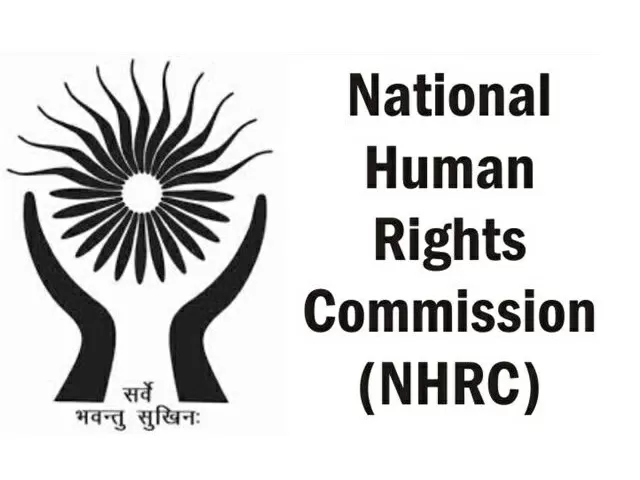Composition of the National Human Rights Commission (NHRC):
Constitution of the Commission (Section 3): The Central Government is responsible for establishing a body known as the National Human Rights Commission (NHRC). The NHRC is tasked with exercising the powers conferred upon it and performing the functions assigned to it under the Act.
Members (Section 3): The NHRC consists of the following members:
- a) A Chairperson who has been a Chief Justice of India or a Judge of the Supreme Court.
- b) One Member who is, or has been, a Judge of the Supreme Court.
- c) One Member who is, or has been the Chief Justice of a High Court.
- d) Three Members, out of which at least one must be a woman, appointed from among individuals with knowledge of or practical experience in matters relating to human rights.
Ex Officio Members (Section 3): Certain heads of other national commissions, such as the National Commission for Backward Classes, National Commission for Minorities, National Commission for Protection of Child Rights, National Commission for the Scheduled Castes, National Commission for the Scheduled Tribes, National Commission for Women, and the Chief Commissioner for Persons with Disabilities, are deemed to be Members of the NHRC for specific functions specified in the Act.
Secretary-General (Section 3): The NHRC also includes a Secretary-General, who serves as the Chief Executive Officer of the Commission and exercises administrative and financial powers, subject to the control of the Chairperson. However, the Secretary-General does not have judicial functions or the power to make regulations under Section 40B.
Headquarters and Offices (Section 3): The NHRC is headquartered in Delhi but has the authority, with prior approval from the Central Government, to establish offices at other locations within India.
Appointment of Chairperson and Other Members:
Appointment Process (Section 4): The President of India appoints both the Chairperson and other Members of the NHRC through a warrant under their hand and seal. However, appointments are made following the recommendations of a Committee, which consists of the following members:
- a) Prime Minister (Chairperson of the Committee)
- b) Speaker of the House of the People
- c) Minister in-charge of the Ministry of Home Affairs in the Government of India
- d) Leader of the Opposition in the House of the People
- e) Leader of the Opposition in the Council of States
- f) Deputy Chairman of the Council of States
Consultation for Judges (Section 4): Before appointing a sitting Judge of the Supreme Court or a sitting Chief Justice of a High Court, consultation with the Chief Justice of India is mandatory.
Validity of Appointments (Section 4): No appointment of a Chairperson or a Member shall be considered invalid solely due to any vacancy in the Committee formed for the appointment process.



